A few weekends ago, I inadvertently conjured a debate with some members of a Barolo and Barbaresco enthusiast’s community on Facebook. How so? I simply posted an image of a 2013 Réva Ravera Barolo with the following caption:
Has anybody tasted from this producer before? I’ve not heard much about them, but this wine is fantastic… a real stunner given its youth.
Among most, there was curiosity. Réva began in 2013, and it is not a household name on the international market yet. There were a few raves, a few clapping hands emojis, and even a rep for one of their distributors who was eager to have the word spread. (Of course he was).
However a select few were … skeptical, to put it lightly. Réva has a golf course and a spa! Réva has commercializing the Langhe! Réva talks too much of a big game — let the wine do the talking!
One person even wrote: “Scam / enjoy!”
Perplexed on this last point, I asked for clarity. Surely this person wasn’t accusing Réva of impersonating Barolo with unsanctioned grapes from outside the zone, were they? In Europe, that’s a high crime, not only against the winemaker, but against the consorzio and governing authorities for allowing it to pass their laboratory tests and be labeled as such.
Besides: I’d just drank the wine. It was unmistakably Barolo. (Yes, even wine has its purveyors of fake news).
While no reply was given when I pressed the scam man (surprise! surprise!), another member of the community engaged and spelled out what he took issue with. The entire thread forced me to take an innocuous post about a delicious wine, and really scrutinize the story arc of the winery and the impact it has on the region it represents.
Economics and the Soul of Barolo
What Réva represents — at least to this gentleman — is change in Barolo. For one, the winery was started by a man named Miro Lekes who comes from the Czech Republic. On the surface, there is nothing wrong with that. Outside investment in wineries happens all across the New World, and is increasingly common across Europe. But as I have written about before, the pressures of outside investment in the greater Langhe Hills is a big deal, because it has priced many local growers out of the game when top vineyard plots become available.
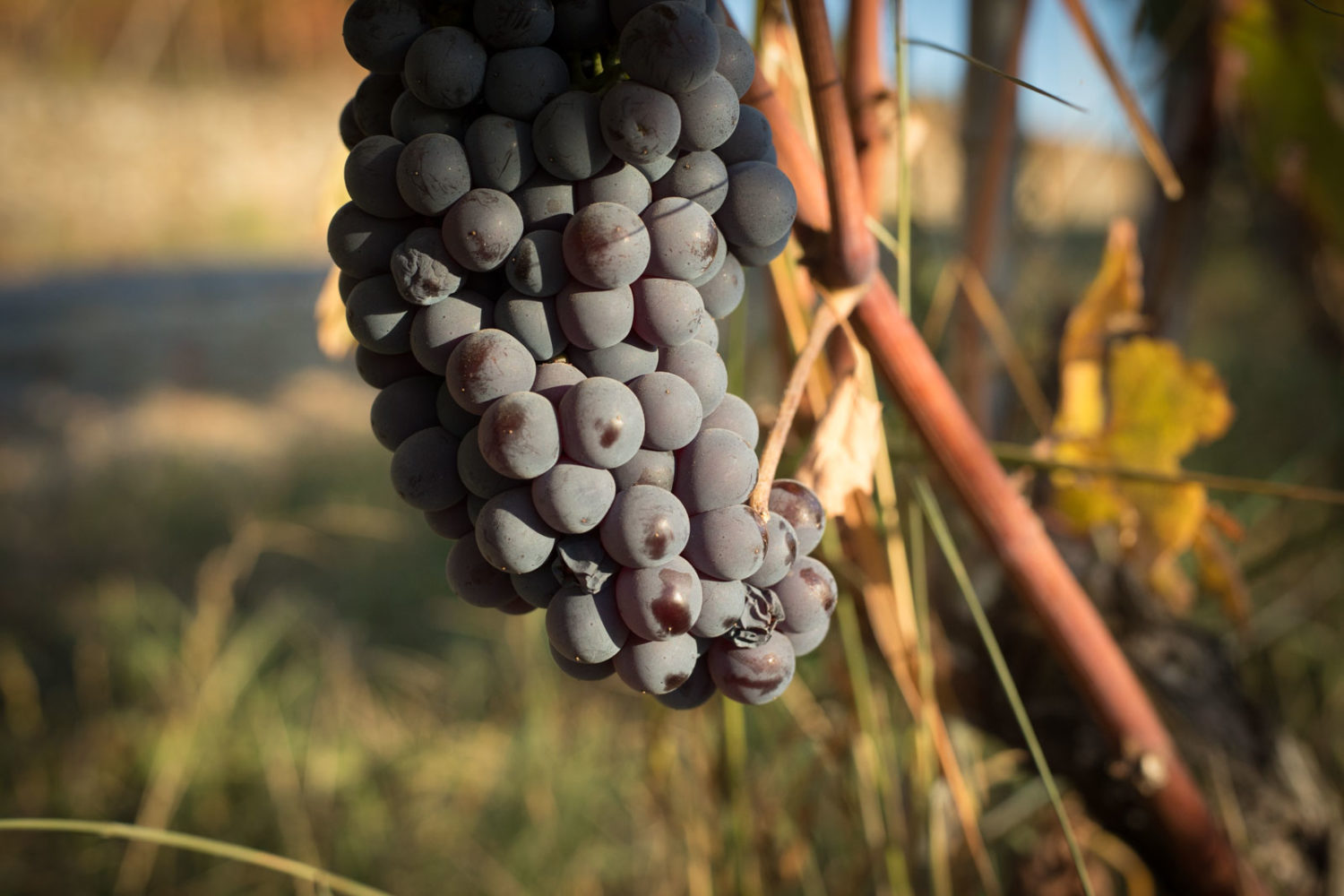
But more to the point, the community member objected to their marketing, citing this interview on the Grape Collective. The whole endeavor — in his opinion — had the feel of a “Barolo project” and not a “labor of love.”
In the interview, winemaker Gianluca Colombo’s comments that Réva won’t be making “standardized wine,” and then adds:
When you are coming from a historical family, maybe you are the third generation, the second or the fourth, you have to follow the line of your family. The freedom that we have is a freedom that we can do what we want. There is no price for that. I do what I want.¹
Whether it was Mr. Colombo’s intent or not, the comment reads as a slight toward the historic families of the region — and by nearly everyone’s measure, those historic families are still making some of the world’s best wines, thank-you-very-much. They are hardly hobbled by tradition: it’s the wellspring of their inspiration. Many adapt to new challenges and institute new processes, all while embracing the past. It is a big part of the region’s beauty.
To many in the Barolo Fan Club, myself included, this internationalization of wineries in the Langhe region is altering the very thing that makes Barolo such a special place to visit. The wider region’s status as an UNESCO World Heritage Site has increased tourism, and many of the landscape’s best sites will never be the same. Il Cedro atop the Gattera cru? Now off limits behind an iron gate because of rampant touristic initial carvers. Barolo’s peaceful town center? Now intruded upon by loud, gaudy music from a new wine bar underneath the castle. La Morra’s Belvedere view point? It’s behind that motor coach bus.
Does Tourism Create Tension?
Whether they know it or not, Réva rides shotgun on this wave of change. When I visited the Langhe for the first time in 2012, the region felt undiscovered by large-scale tourism. When I last visited, in October of 2017 … well, let’s just say that “undiscovered” was the last word I’d use to describe the area.
From the start, Réva was a winery and a resort. It opened south of Monforte d’Alba right before the UNESCO designation, just as the region began this current transformation. The property includes a 9-hole “executive pitch-and-putt” golf course, a spa and a restaurant.
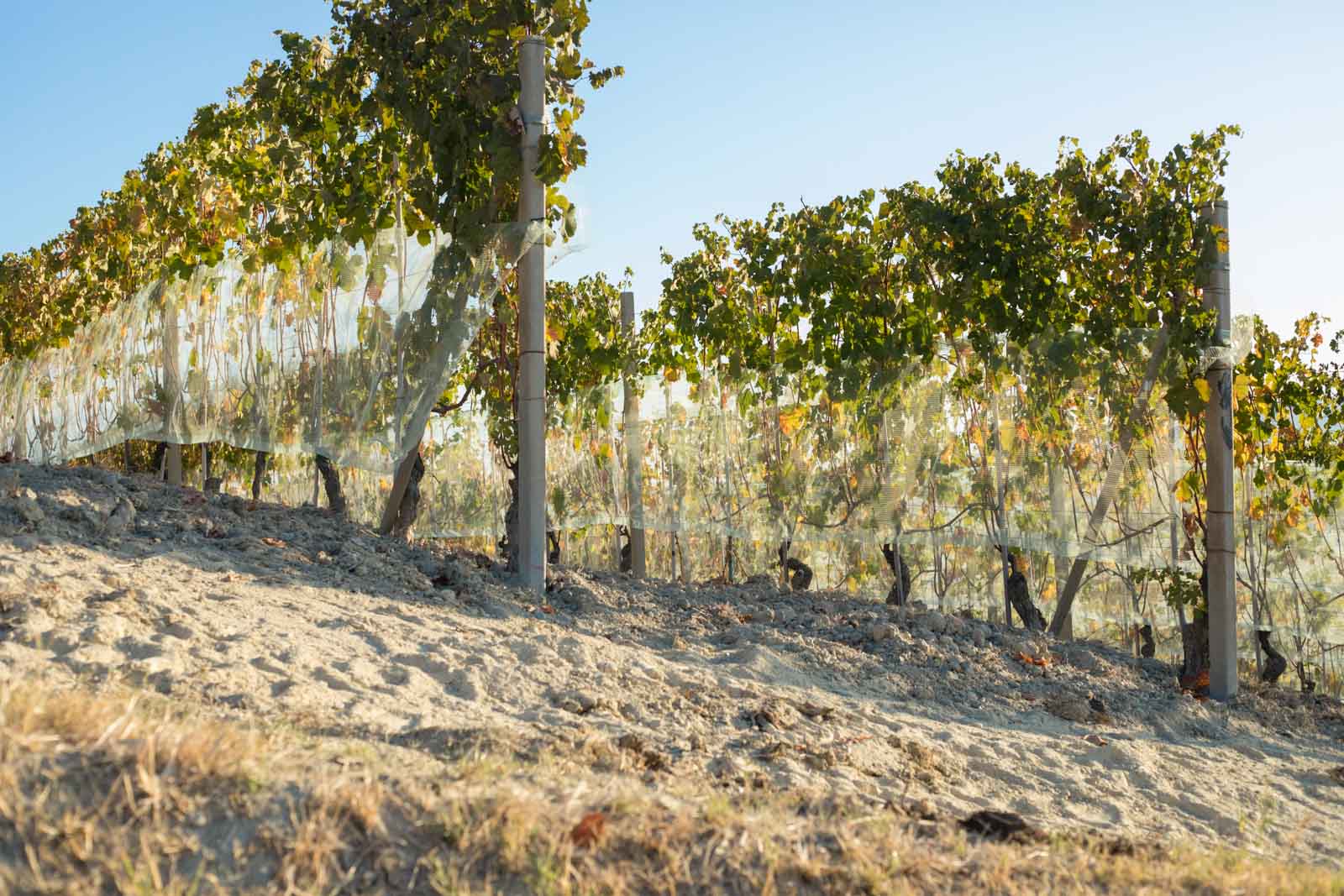
And yet, where did I stay — by choice — when I visited Barolo last year? At the posh Palas Cerequio, also a luxurious inn with a swimming pool, high-end restaurant and angular, modern furniture. Palas Cerequio is the vision of one of the Langhe’s long-standing winemaking families, the Chiarlo family, and it is a sign that the locals know how to cash in on the Langhe’s newfound celebrity status, too. I happily obliged because I wanted to wake up in an esteemed Barolo cru vineyard. Wish granted.
All of this leaves me twisted in knots. The Langhe Hills are not mine. The people who live there share them with me through their wine, gianduja, hazelnuts, and the endless views that are now printed and framed and hanging on my walls here in Colorado. Because of this, I hesitate to claim what’s right for them, or what’s wrong for the products that transport me there.
And the Réva Ravera Barolo — and a subsequent tasting of their other wines — revealed Gianluca Colombo to be an excellent winemaker. The fruit tones of his wines make them readily accessible and delicious, without sacrificing the rugged yet refined earthiness and bitterness that is the calling card of Piedmont’s wine. File them under “drink now.” Whether they hold up with age or not, I cannot predict, but who cares? Barolo is not starved for wines to endure the remaining days of my life.
As for the Barolo community, they can gripe and grouse all they want. That’s what Facebook is for anyway. Some have a genuine concern informed by first-hand experience and careful studies, others have a romanticized vision of what the area is, and don’t realize that they may be part of the “problem” they gripe about. Barolo has seen change before, and when held up against the changes that are happening to its climate — another story entirely — a 9-hole golf course and a self-assured new winemaker who knows what he wants hardly seems worth the huffing and puffing.
2013 Réva “Ravera” Barolo
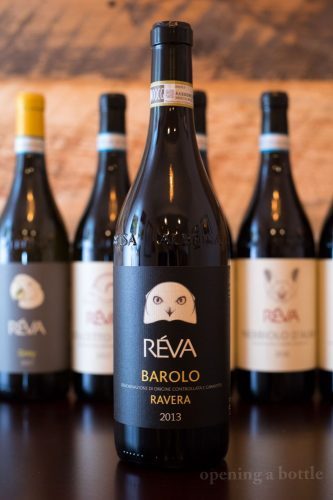 Barolo DOCG, Italy
Barolo DOCG, Italy
Grapes: Nebbiolo (100%)
Alcohol: 14.5%
Natural? (organic viticulture)
Rating: ★★★★ 3/4 (out of five)
Food-friendliness: Selective
Value: As Expected
Tasting notes: With one whiff, and one sip, I found myself asking “how come I have never heard of this winery?” Truthfully, one of the better Barolo wines I’ve tasted in recent memory, in large part because it is already accessible. That doesn’t mean inaccessible, closed-off Barolo from the same vintage are worse wines, but this one is ideal for early drinking, which I find to be a rare trait in Barolo’s wines. Aromas were densely packed together, but eventually revealed notes that reminded me of bing cherries, fresh figs, plum, peppermint, licorice, earth and mushroom. Despite the wine’s astringency, the acidity and tannins are already entering a phase of elegance, with less aggressiveness than I am used to from Barolo. Savory and truffle-like on the finish.
Serving suggestion: If you decide to open it now, give it at least six hours in a decanter or open pitcher to allow it to breathe. Or cellar for the next 10 years. For food pairings, look to lamb, beef or Portobello mushroom dishes.
Find a Bottle of Réva Ravera Barolo
Note: Wines featured in this article were provided as samples by Réva’s press agency. Learn more about my editorial policy.
Also note: I have a series of questions about the winery submitted and hope to hear (and share) their side of the story in the future. Stay tuned.
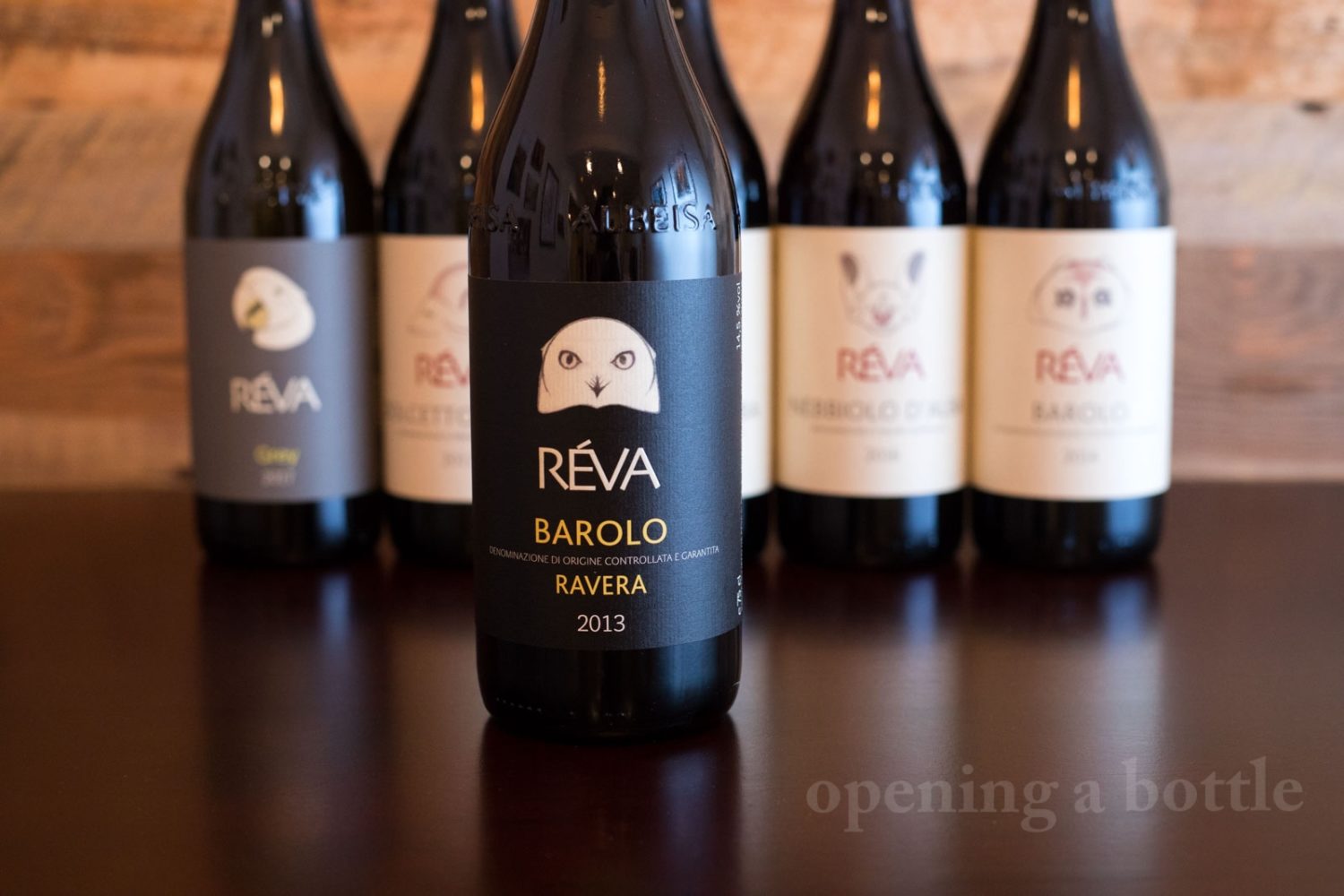
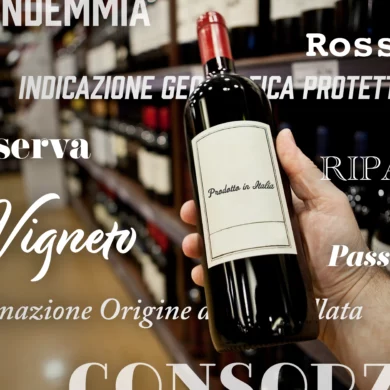
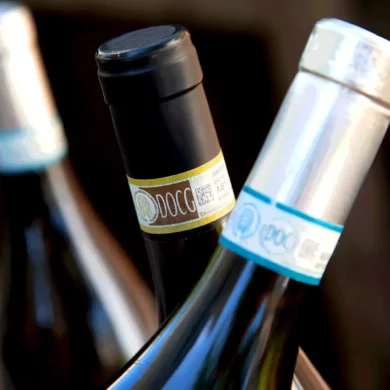
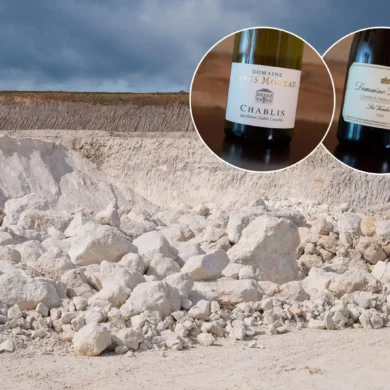
Loved your piece Kevin. Heard a bit about the commercialization but those complaints were more about the food ( no longer traditional in this newfound tourist hub I was told). In Torino locals told me the best place to spend time was in Langhe specifically because of the new restaurants and resorts. There are definitely two different factions in this arena. It will be interesting to see how hospitality and the wine region evolves.
Thanks Kelly. The changes were very noticeable to me last fall. Five years earlier, no one was at the Brunate Chapel. This time, 30 people were all around it. I could barely get a photo without someone being in the shot. It happens: beautiful places get “discovered.” I get it. I don’t bemoan change, but I can respect how those who live there might. What has become a genuine issue, from what I have heard and researched, are the skyrocketing land values. Vineyards that have been tended on a lease by the same family for 40, 50 years, suddenly go up for auction at prices they can’t afford anymore. (See story on Luca Currado and Vietti, which illustrates one approach). That’s a legit concern with these wines, and it is enough to make consumers with a genuine love for the area stop and decide: do I pick wines based on which are family owned and need support? And because of that, do I pass on a well-made one that seems like a “Barolo project?”